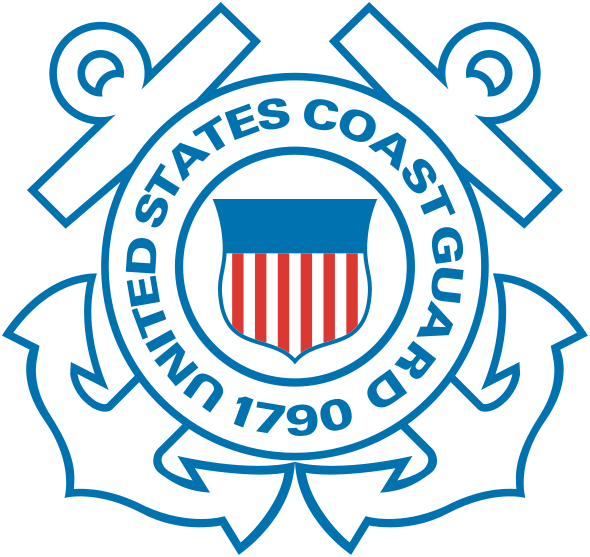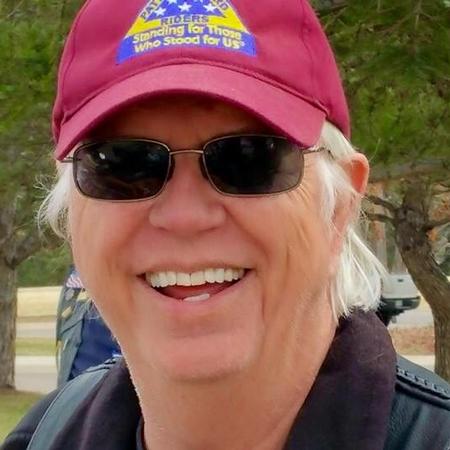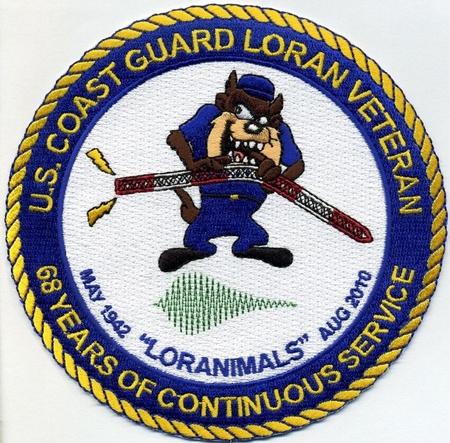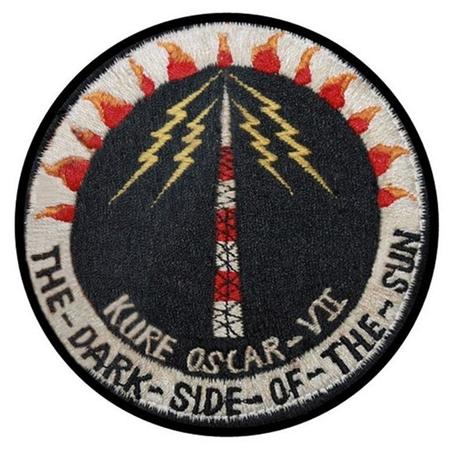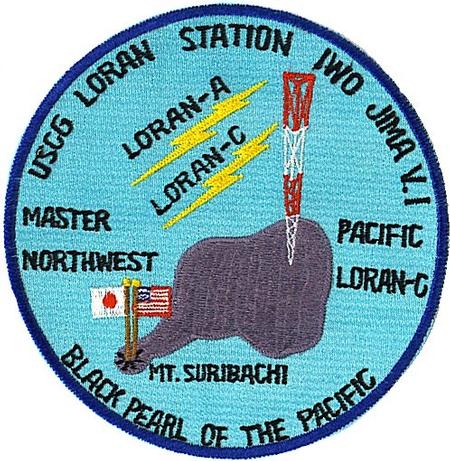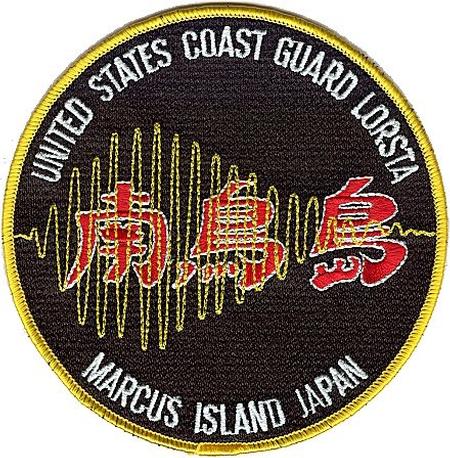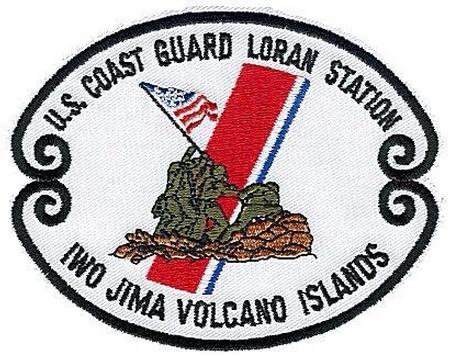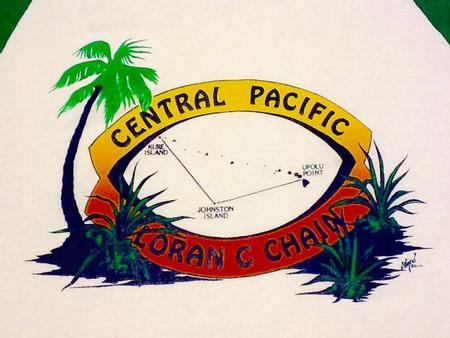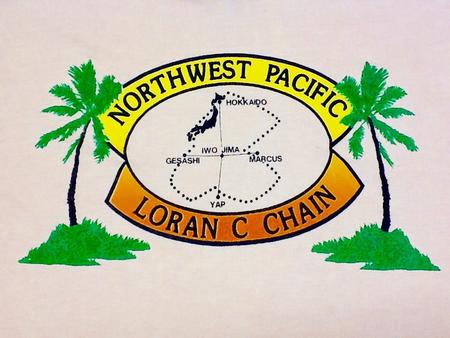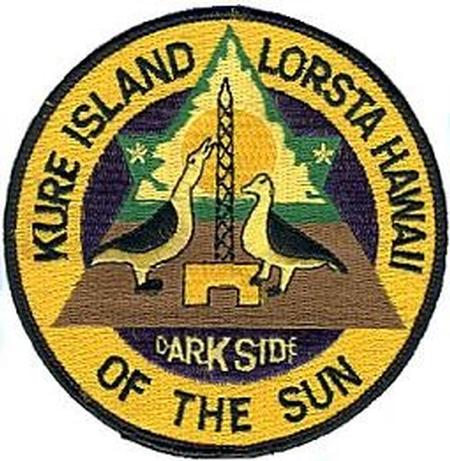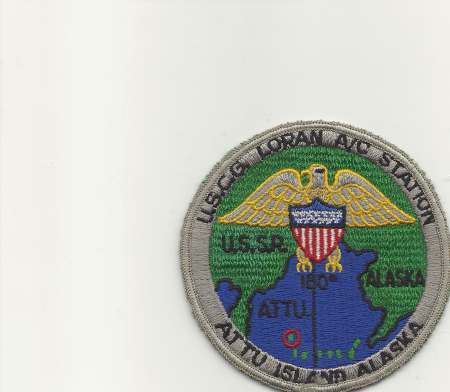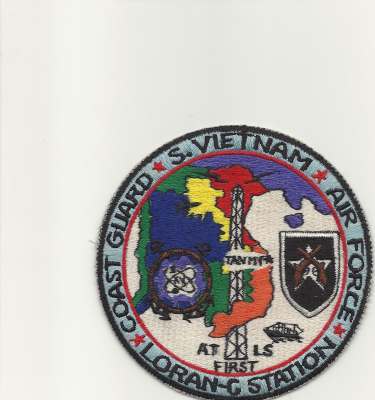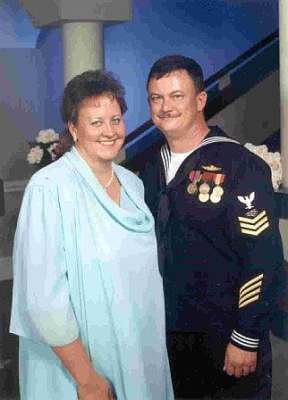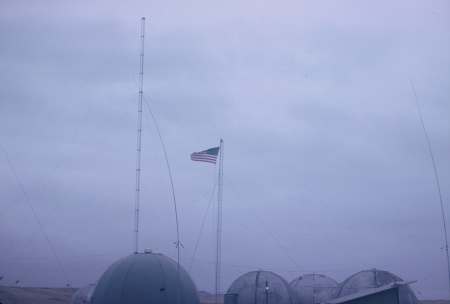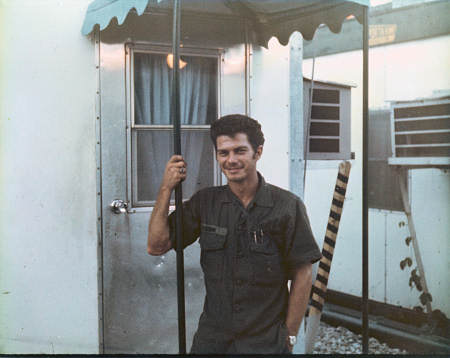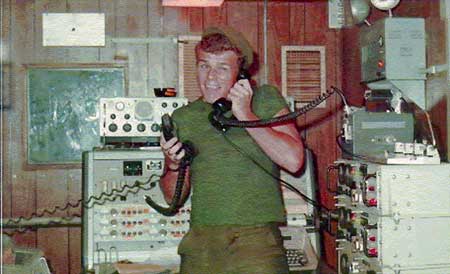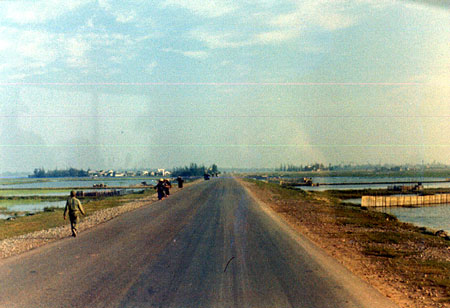ABOUT loran A station Cape Christian
- Strategic Location: LORAN-A Station Cape Christian was situated on the northeastern tip of Baffin Island, Nunavut, Canada, making it one of the most northerly LORAN stations in North America.
- Cold War Origins: The station was established in 1954 during the Cold War as part of the United States’ effort to bolster navigation and defense in the Arctic, supporting both military and civilian navigation.
- International Cooperation: Although built and operated by the United States Coast Guard, the station was located on Canadian soil, reflecting deep military cooperation between the U.S. and Canada in the Arctic.
- Harsh Conditions: Personnel stationed at Cape Christian endured extreme Arctic weather, including months of darkness, temperatures plunging below −40°C, and isolation from civilization.
- Critical Navigation Aid: LORAN-A (Long Range Navigation) signals from Cape Christian were vital for navigation by military and commercial aircraft, especially during polar flights and for supply missions to northern radar and missile defense sites.
- Unique Resupply Challenges: Due to its remote location, annual resupply missions were conducted by icebreakers and aircraft, making logistics a considerable challenge and an adventure for both crews and station personnel.
- Role in the DEW Line: Cape Christian supported the Distant Early Warning (DEW) Line, a network of radar sites built across the Arctic to detect Soviet bombers during the Cold War.
- Station Closure: The station was decommissioned and closed in 1974 as advances in satellite navigation (such as GPS) and changing military priorities rendered the LORAN-A system obsolete.
- Environmental Legacy: After closure, the site was left with significant debris and hazardous materials, sparking later environmental remediation efforts to clean up the Arctic landscape.
- Human Stories: Despite the isolation, Cape Christian fostered a strong sense of camaraderie among its personnel, with stories of makeshift holiday celebrations, creative morale-boosting activities, and the forging of lifelong friendships in the Arctic wilderness.

